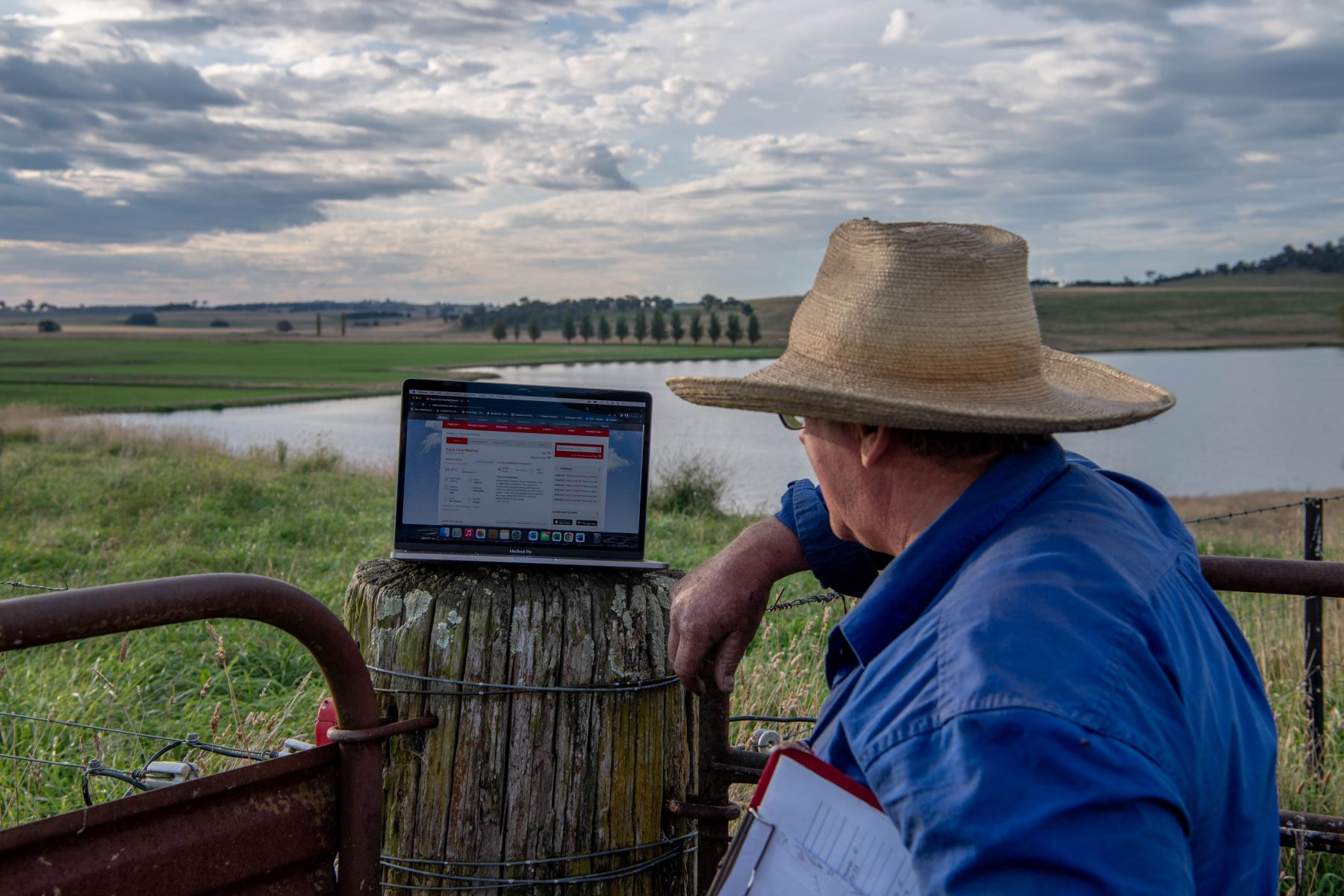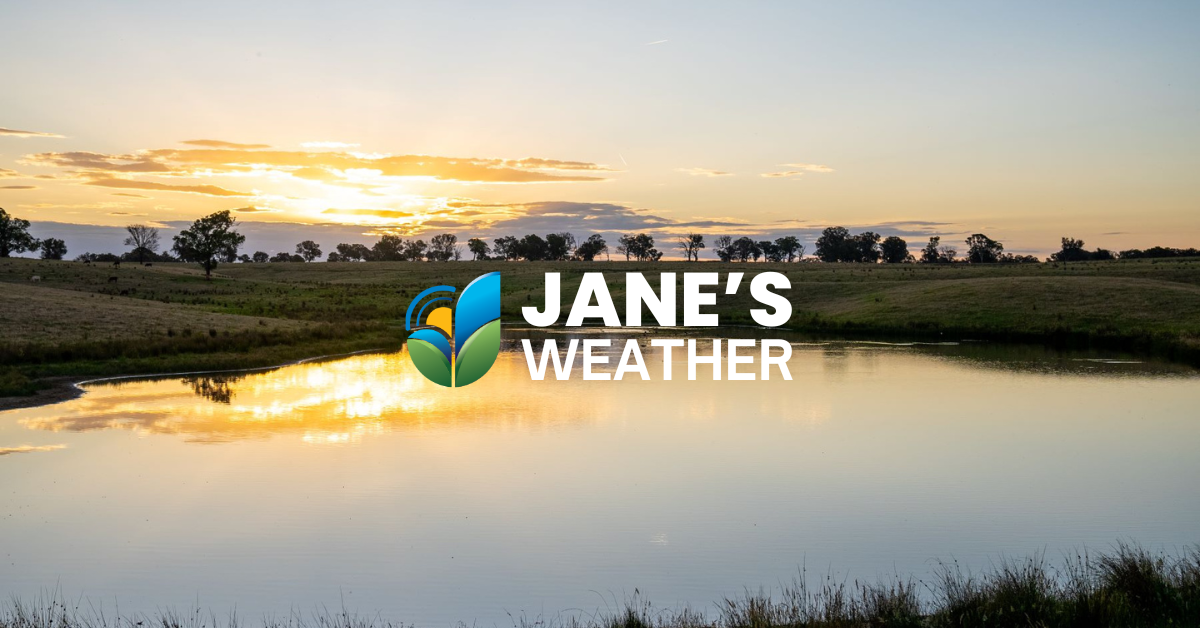Mixed outlook as we head into Christmas
We have a brief burst of heat in the southeast, followed by showers and storms to the east of the trough which brings a cool change.

Some private forecasters are starting to talk about a La Nina event this year, but the Bureau of Meteorology (BOM) says it’s too early to call.A BOM Spokesperson told APlus News: "The Bureau cannot provide a forecast for an El Nino or La Nina event in spring this far in advance.”
They doubled down on the bureau’s recent advice that El Nino would be here for some time yet.
“El Nino is forecast to continue through to autumn,” the spokesperson said.
The January to March long-range forecast, issued last Friday, indicated an increased chance of above median rainfall for parts of southeast Queensland, eastern NSW and Victoria, and more neutral rainfall chances over the interior and southern parts of the country.
“Chances favour drier than average conditions for most of WA, parts of the Northern Territory and some northern parts of Queensland,” it reads.
“Warmer days and nights are very likely for almost all of Australia with unusually warm daytime and night-time temperatures at least two times more likely than usual.
“The bureau will continue to update the community as new observations of the ocean, land surface and atmosphere are incorporated into our forecast systems.”
The talk of La Nina among the farming community and private forecasters comes after wet weather has lashed Eastern Australia over summer, baffling the industry, which had been expecting drier and hotter conditions brought on by El Nino.
However, the BOM indicated that this was not always the case, reporting that about half of the past El Niño events have included heavy rainfall events, particularly across parts of eastern Australia.
“This occurred in December 2009 and again in August 2015 where the Illawarra received more than 400 millimetres of rain in two days,” a recent release read.
“The presence of a positive Southern Annular Mode (SAM), combined with very high temperatures in the Tasman Sea, likely contributed to rainfall events in eastern Australia in December and January.
“It is unusual to see a persistently positive SAM during El Nino, as that is more typical during a La Nina phase.
“The widespread and regular rainfall across southeastern Australia across multiple months is similarly unusual for El Nino.”
With differing forecasts, farmers are more confused than ever about what the weather may bring this year.
“The best way for farmers and the community to explore the forecast in detail is by viewing the long-range forecast,” the BOM spokesperson said.
The next climate summary is due next week, and farmers can also plan ahead using free online tools including My Climate View.
Farmers can also contact the BOM via agriculture@bom.gov.au for assistance with water, weather and climate needs.
Posts By Tag

We have a brief burst of heat in the southeast, followed by showers and storms to the east of the trough which brings a cool change.

We've moved into a phase of weather with limited connection to tropical moisture, an ending Negative Indian Ocean Dipole, and a weak La Nina - so...

The leftover moisture from Cyclone Fina is meeting up with a trough over the centre of the country and it is set to spread significant rain...